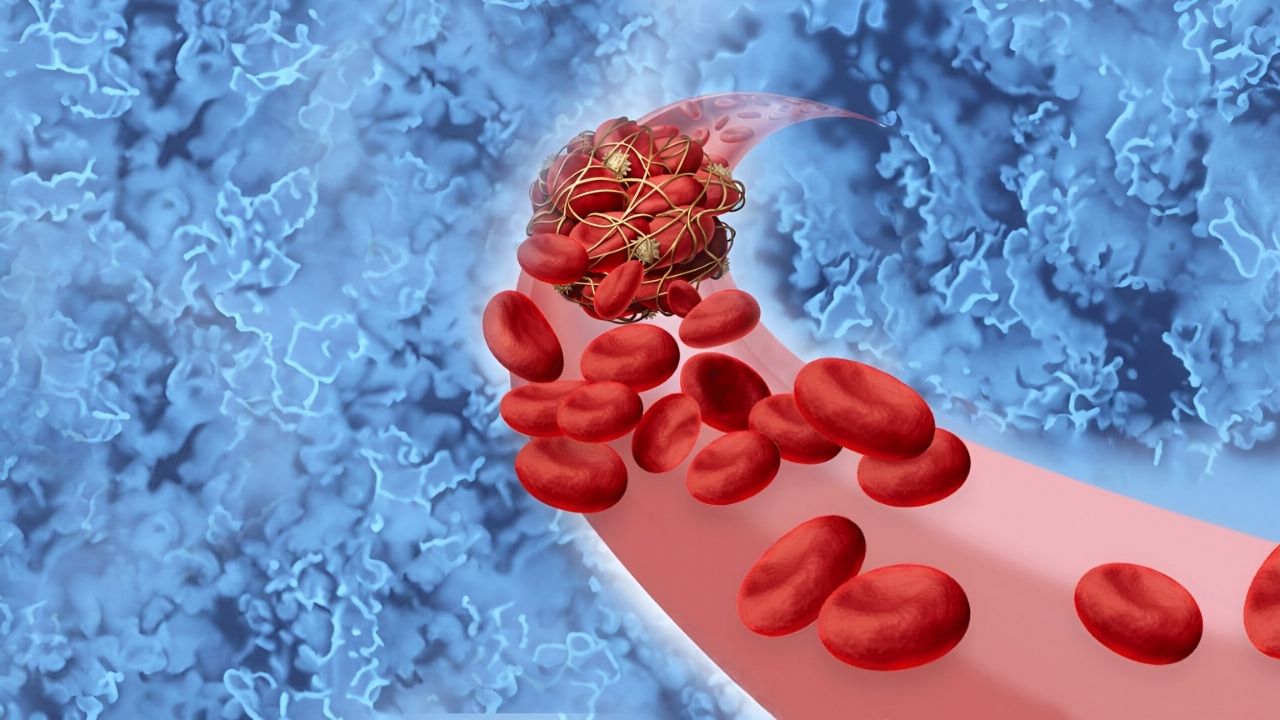
Dysprothrombinemia is a rare blood disorder that affects the body's ability to form blood clots. This condition stems from a deficiency or dysfunction of prothrombin, a protein essential for clotting. People with dysprothrombinemia often experience prolonged bleeding, easy bruising, and may face challenges during surgeries or injuries. Understanding this condition is crucial for those affected and their families. Prothrombin plays a vital role in the clotting cascade, and any disruption can lead to significant health issues. This article will delve into 30 intriguing facts about dysprothrombinemia, shedding light on its causes, symptoms, treatments, and the latest research. Whether you're a patient, caregiver, or just curious, these facts will provide valuable insights into this complex disorder.
Key Takeaways:
- Dysprothrombinemia is a rare genetic disorder affecting blood clotting. It can cause a range of symptoms, from mild to life-threatening, and requires accurate diagnosis and careful management.
- Managing dysprothrombinemia involves medical interventions, lifestyle adjustments, and regular monitoring. It's important to educate family and friends, maintain a healthy lifestyle, and seek specialized care for optimal management.
What is Dysprothrombinemia?
Dysprothrombinemia is a rare blood disorder affecting the clotting process. It involves abnormal prothrombin, a protein essential for blood coagulation. Let's dive into some fascinating facts about this condition.
-
Dysprothrombinemia is a genetic disorder. It is usually inherited in an autosomal recessive manner, meaning both parents must carry the gene.
-
The condition affects the prothrombin protein. Prothrombin, also known as Factor II, is crucial for blood clotting.
-
Symptoms can vary widely. Some individuals may experience severe bleeding, while others might have mild or no symptoms.
-
Diagnosis often involves blood tests. These tests measure prothrombin activity and antigen levels to determine abnormalities.
-
There are different types of dysprothrombinemia. These include hypoprothrombinemia (low levels of prothrombin) and dysprothrombinemia (abnormal prothrombin function).
Causes and Genetics
Understanding the causes and genetic aspects of dysprothrombinemia can help in managing the condition better.
-
Mutations in the F2 gene cause dysprothrombinemia. This gene provides instructions for making prothrombin.
-
Autosomal recessive inheritance means that a person must inherit two copies of the mutated gene to develop the disorder.
-
Carriers of one mutated gene usually do not show symptoms. They can, however, pass the gene to their offspring.
-
Spontaneous mutations can also occur. In some cases, the disorder arises without a family history due to new mutations.
-
Genetic testing can confirm the diagnosis. It helps identify mutations in the F2 gene.
Symptoms and Complications
Dysprothrombinemia can present with a range of symptoms and potential complications.
-
Bleeding episodes are common. These can include nosebleeds, gum bleeding, and easy bruising.
-
Severe cases may involve internal bleeding. This can be life-threatening and requires immediate medical attention.
-
Joint bleeding can occur. This leads to pain and swelling, similar to hemophilia.
-
Menorrhagia is frequent in women. Heavy menstrual bleeding is a common symptom.
-
Post-surgical bleeding risk is higher. Individuals with dysprothrombinemia need careful monitoring during and after surgery.
Diagnosis and Testing
Accurate diagnosis is crucial for effective management of dysprothrombinemia.
-
Prothrombin time (PT) test is often used. This test measures how long it takes for blood to clot.
-
Activated partial thromboplastin time (aPTT) test may also be performed. It helps evaluate the overall clotting ability.
-
Prothrombin antigen levels are measured. This helps distinguish between different types of dysprothrombinemia.
-
Genetic testing confirms the diagnosis. It identifies specific mutations in the F2 gene.
-
Family history is important. A detailed family history can provide clues about the inheritance pattern.
Treatment and Management
Managing dysprothrombinemia involves a combination of medical interventions and lifestyle adjustments.
-
Replacement therapy is common. Prothrombin complex concentrates (PCC) or fresh frozen plasma (FFP) can be used.
-
Vitamin K may be administered. It helps improve clotting in some cases.
-
Avoiding certain medications is crucial. Drugs like aspirin and anticoagulants can exacerbate bleeding.
-
Regular monitoring is essential. Frequent blood tests help manage the condition effectively.
-
Genetic counseling can be beneficial. It provides information and support for affected families.
Living with Dysprothrombinemia
Living with dysprothrombinemia requires awareness and proactive management.
-
Medical alert identification is recommended. Wearing a medical alert bracelet can provide critical information in emergencies.
-
Educating family and friends is important. They should understand the condition and know how to respond to bleeding episodes.
-
Healthy lifestyle choices can help. Maintaining a balanced diet and avoiding injuries are key.
-
Regular check-ups with a hematologist are necessary. Specialized care ensures optimal management.
-
Support groups can offer emotional support. Connecting with others facing similar challenges can be comforting.
Final Thoughts on Dysprothrombinemia
Dysprothrombinemia, a rare blood disorder, affects the body's ability to clot properly. Understanding this condition is crucial for those diagnosed and their families. Symptoms can range from mild to severe, including easy bruising, frequent nosebleeds, and prolonged bleeding after injuries. Diagnosis often involves blood tests to measure prothrombin levels and clotting time.
Treatment varies based on severity but may include plasma transfusions, vitamin K supplements, or medications to promote clotting. Regular check-ups with a hematologist are essential to manage the condition effectively. Awareness and education about dysprothrombinemia can lead to better support and care for those affected.
By staying informed and proactive, individuals with dysprothrombinemia can lead healthier lives. Always consult healthcare professionals for personalized advice and treatment plans. Knowledge empowers patients and their families to navigate this challenging condition with confidence.
Frequently Asked Questions
Was this page helpful?
Our commitment to delivering trustworthy and engaging content is at the heart of what we do. Each fact on our site is contributed by real users like you, bringing a wealth of diverse insights and information. To ensure the highest standards of accuracy and reliability, our dedicated editors meticulously review each submission. This process guarantees that the facts we share are not only fascinating but also credible. Trust in our commitment to quality and authenticity as you explore and learn with us.
